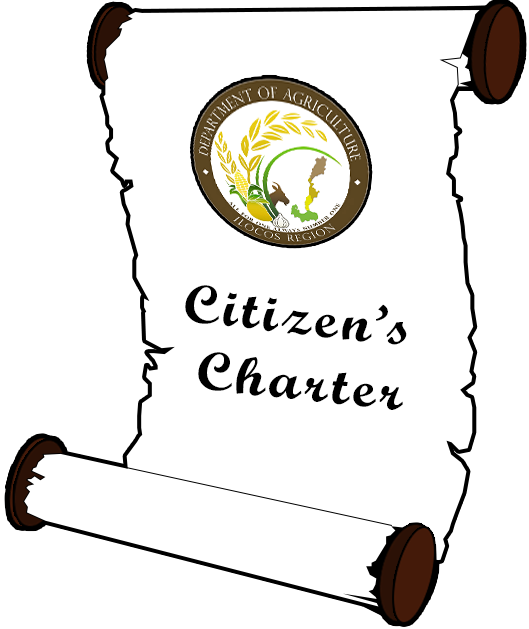When COVID–19 was declared as a pandemic by the World Health Organization (WHO) and the government subsequently declared Enhanced Community Quarantine (ECQ) in the entire Luzon area, a village up north remained calm and unfazed by the possible threat of food inadequacy as access to public market became a struggle.
Unlike in other areas, residents of Brgy. Madupayas in Badoc, Ilocos Norte have not been too anxious of the COVID-19 threat to their food supply owing to the successful implementation of the Adaptation and Mitigation Initiatives in Agriculture (AMIA) project in their village. Farmers and villagers alike have vast supply of various vegetables, including poultry and livestock as a result of their AMIA livelihood project which have sustained them amidst the strict implementation of the ECQ in the Province of Ilocos Norte.
The village is one among four AMIA project sites in Region I which was established in October 2019. The first AMIA site in the region was in San Emilio, Ilocos Sur established in December 2016 and funded by the Bureau of Agricultural Research (BAR). Upon seeing the undeniable impact of the AMIA project to the community and the locals, DA-RFO I through the leadership of Regional Executive Director Lucrecio R. Alviar, Jr., expanded the project covering several localities in the region which include the municipalities of Luna in La Union and Sison in Pangasinan. Other target sites for 2020 include San Gabriel, La Union; Anda, Pangasinan; and Lidlida, Ilocos Sur.
According to AMIA focal person in Region I, Dr. Mary Jane Alcedo, Brgy. Madupayas, in Badoc, Ilocos Norte was selected as AMIA site considering its vulnerability to drought and is located in a far flung area where public transportation is difficult. “Based on the Climate Risk Vulnerability Map of Ilocos Norte, the Municipality of Badoc is considered a high risk or vulnerable area to climate change.”, she informed. AMIA aims to mainstream climate change mitigation strategies in agriculture and help address issues on the adverse effects of climate change in the agriculture sector at identified high risk or vulnerable areas.
At present, there are 32 farmer-beneficiaries who are members of the AMIA association in Badoc, Ilocos Norte. Interventions provided to the village include free range chicken production, goat and native pig production, and soybean production. The farmers have also undergone trainings in organic production of crops & livestock, and learned other climate-resilient agricultural technologies. They were also provided with shredder for their vermi-composting project. Their vermi compost is now being used in their Plant Plant Plant project as they were also able to establish their community vegetable garden.
Other than benefitting from AMIA’s efficacy in building climate-resilient communities, the project has likewise helped bring closer together the community as they chose to establish one common area for their free-range chicken project where each villager follow a schedule in feeding their poultry. The shared responsibility in ensuring the sustainability of the project in their area is what also built a stronger community relation especially during the COVID-19 crisis. According to Ms. Leonora Escarda, Municipal Agriculturist of Badoc, “During the implementation of the enhanced community quarantine in the province, the people need not go to the market to buy their foods rather, they went to the “talipapa” to sell the “extra” from their produce gained from the AMIA project and helped nearby villages be able to access food easily during the crisis.”, said Ms. Escarda.
Indeed like a two-edged sword, AMIA has prepared the Brgy. Madupayas villagers to weather the impacts of climate change at the same time enabled them to rise above ECQ challenge and the COVID-19 threat on their food security.###









